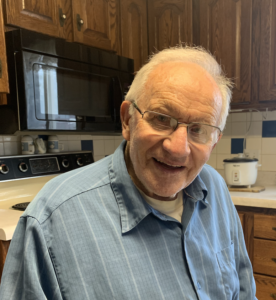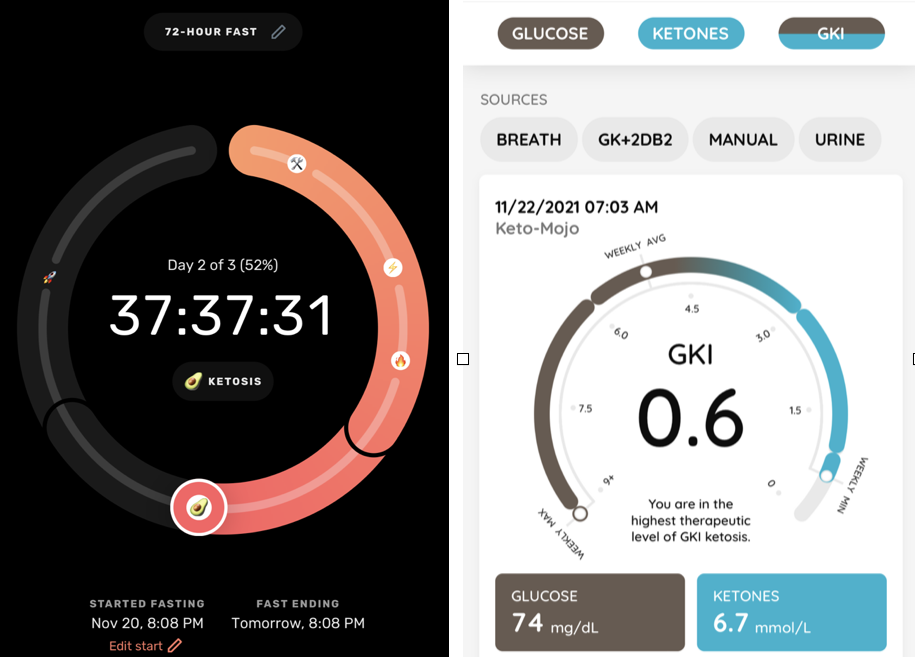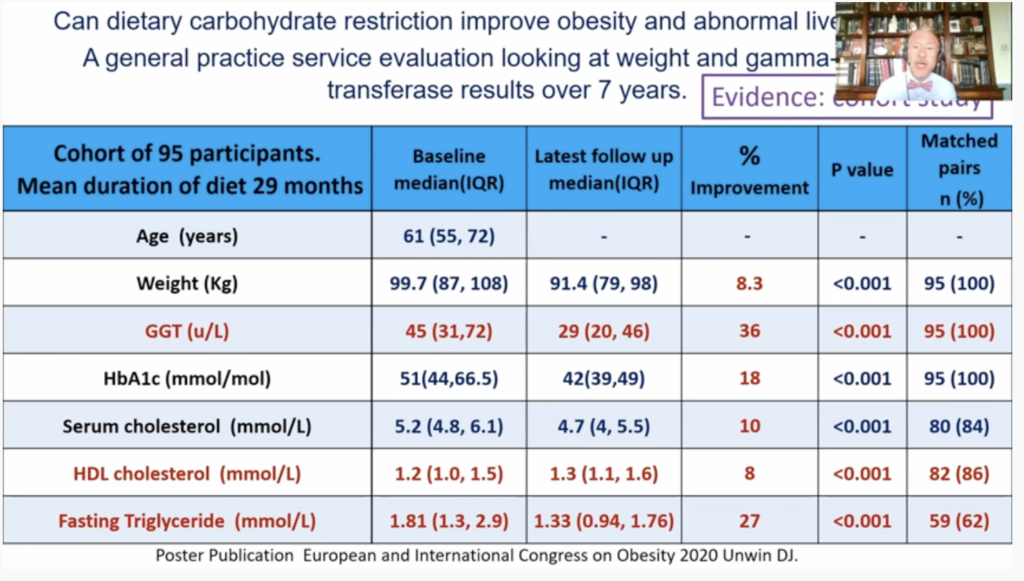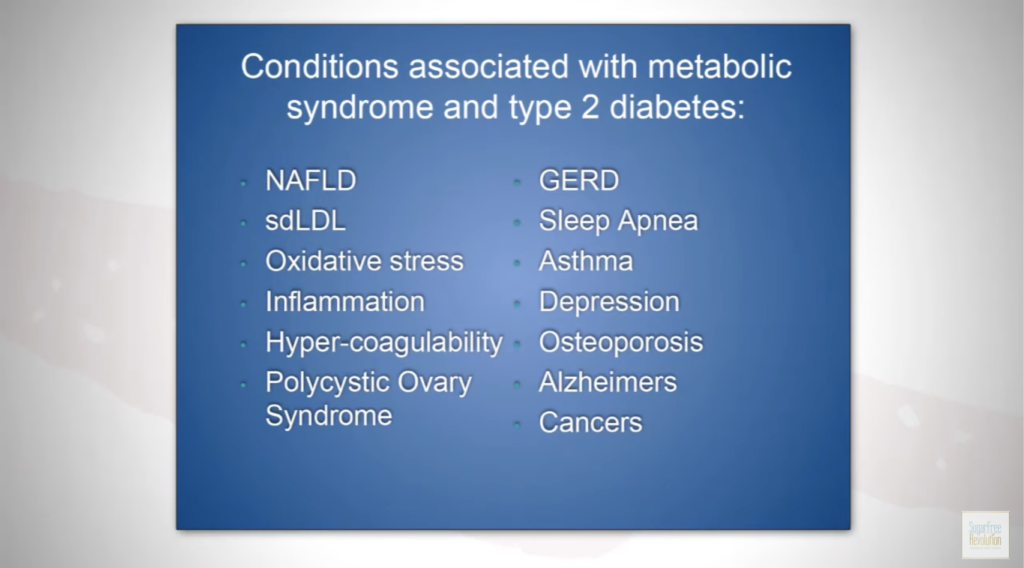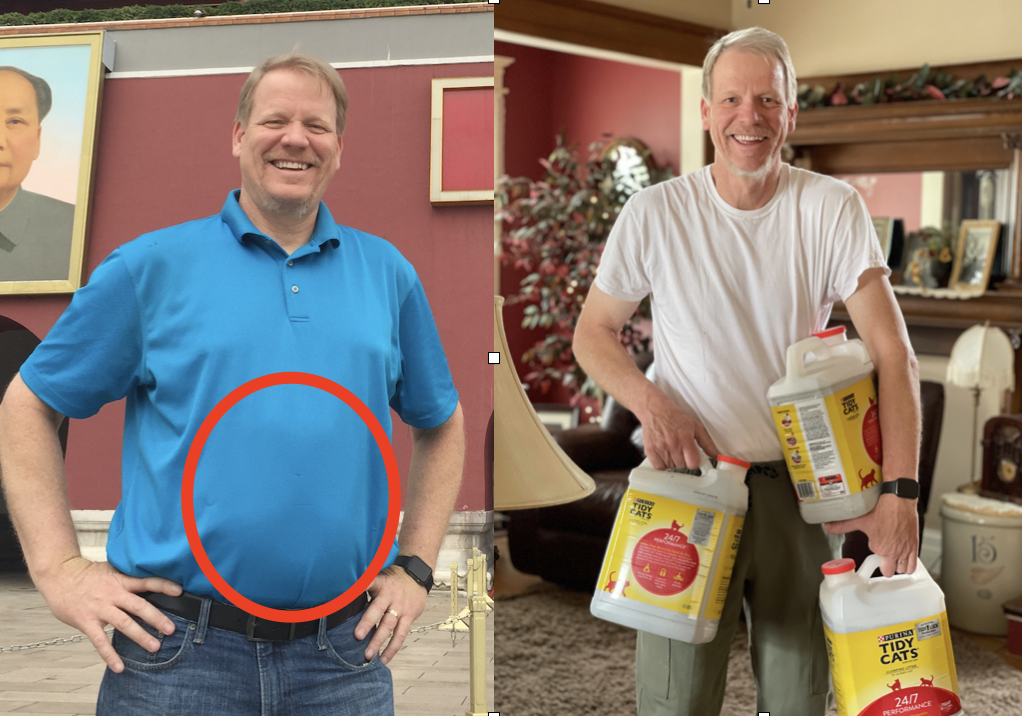2021 has been a year of massive change for Lisa and me, and as we look back we can see God’s hand of blessing even in the heartbreak.
By far the most difficult change was losing Lisa’s dad, Leonard Wacholz, in June. We all miss him and Lisa gets teary every day. But we’re thankful that he lived to be 90 and was able to stay at home on the farm until his last three months. Unlike so many who died alone during COVID, he had all of his children and their spouses as well as most of our children and grandchildren able to visit him in his last two weeks. And for those who couldn’t physically get there, we had FaceTime.
All of his descendants gathered in August for our nephew’s wedding, and we captured this photo that shows Leonard’s (and Lisa’s mom Arlene’s) legacy:

Here’s the Aase branch of the clan…

Behind us you see (L to R):
- Rachel, husband Kyle Borg and their five kids, who live in Winchester, KS. Evelyn is our first teenage grandchild. Judah is badly outnumbered. Aletta, Mabel and Sylvia are enjoying dance lessons. Rachel homeschools all of them, and Kyle pastors the Presbyterian church.
- Joe and his fiancée, Amy Wagner, who will be married July 30. We’re looking forward to that!
- Ruthie and husband Trevin Hoot with daughter Noa and son Frank, who was born March 22. They’re Presbyterian missionaries in Sofia, Bulgaria.
- Rebekah and husband Andrew Gatzemeyer with Griffin, Gus and Murphy. They live seven blocks from us in Austin.
- John and Bella, married last year and now living in Roseville, MN.
- Jacob and Alexi with Graham, Isaac, Clara and Julia. They live in Rochester and Jacob is a physical therapist at Mayo Clinic.
For Lisa and me, the changes in the last year have been breathtaking. So I’ll just take a breath now and reflect:
Leonard was diagnosed with heart failure in February and needed to leave the farm in late March. The following three months were pretty hard.
I completed my MBA in Healthcare Management on April 3. I decided to retire from Mayo Clinic May 3 and was originally intending to have it be effective December 31. A series of providential events made it possible for me to move it up to August 3.
That’s when I started an “Of Counsel” role with Jarrard Phillips Cate & Hancock, a communications firm based in Nashville. It’s very much part-time and lets me continue to use my skills and experience from 21 years at Mayo Clinic on behalf of Jarrard clients.
Given my newly flexible schedule, I also was able to arrange a significant increase in golf time, taking full advantage of my Meadow Greens membership.
Ruthie and family (including our newest grandson Frank) were back from Bulgaria in mid-August, which was another incentive for my August 3 retirement date. We enjoyed the company of Trevin’s parents and his sister Tiffany, too.
I’m also serving as the assistant coach (and JV coach) for the Lyle-Pacelli girls basketball team. Rebekah had accepted the head coach position and asked me to serve as her assistant. We’re enjoying spending time together, and the girls are great. It’s something I couldn’t have done without my newfound schedule freedom.
But my main focus since August has been development of our new health venture and what will be my third career. Here’s that story.
We’re blessed to be in position to start this new venture offering support to people interested in reclaiming their health, and also to provide management services to help my dear friend and high school classmate, Dr. David Strobel, open a new primary care clinic in our hometown. We’re on track for that to open in February.
Just after we signed the lease on the space for HELPcare Clinic, Lisa and I joined Dave and his wife, Lorene, along with our employee #1, Coleen Olmsted, to celebrate and commemorate the occasion.
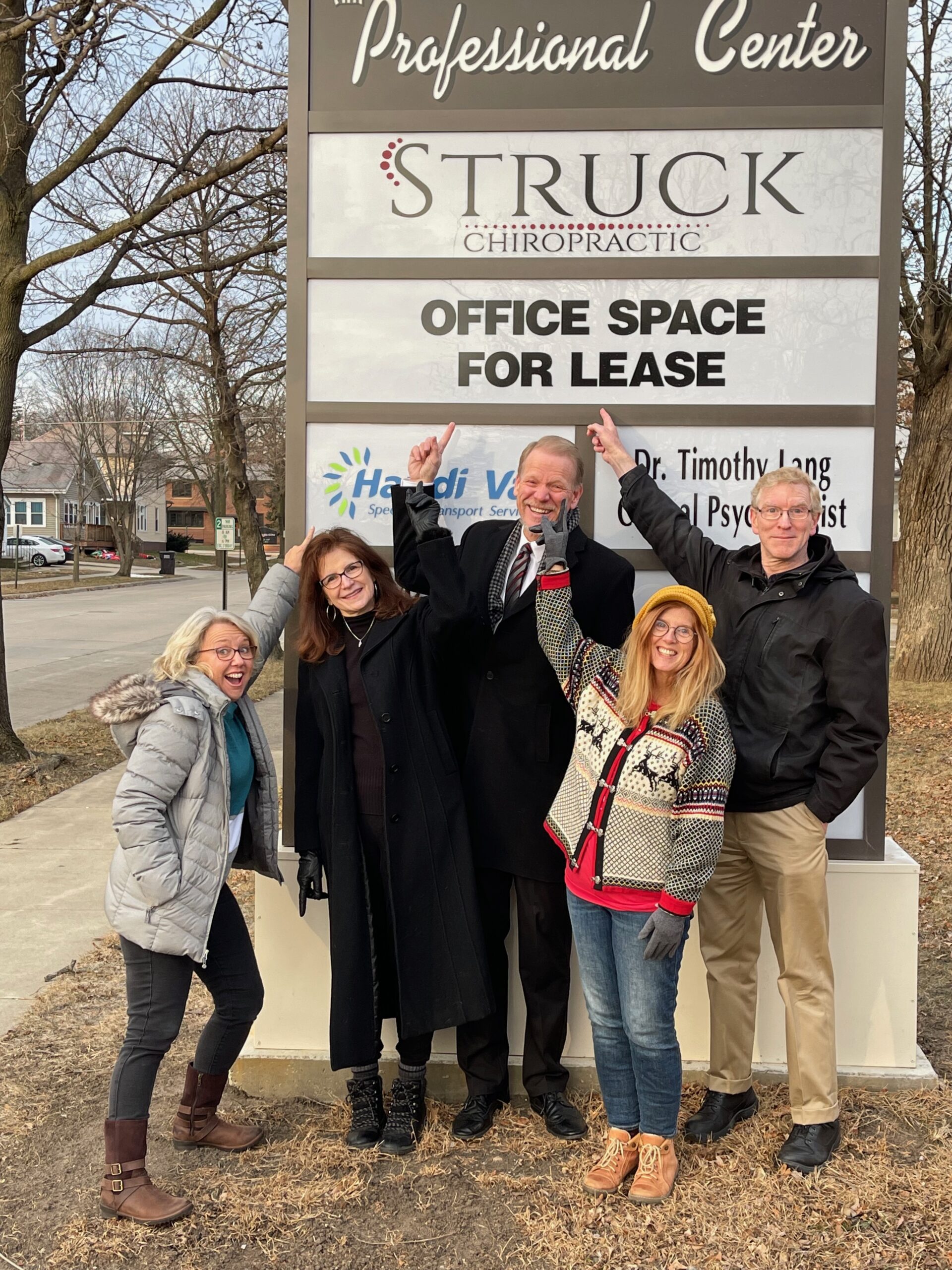
As I look back, I’m astounded at how quickly this has all developed. We’re also gratified by the enthusiastic reception so far as Austin-area residents have signed up to become Founding Members.
We have been abundantly blessed!
Lisa and I wish you and yours a blessed Christmas, and hope your 2022 is characterized by personal growth and happiness.
